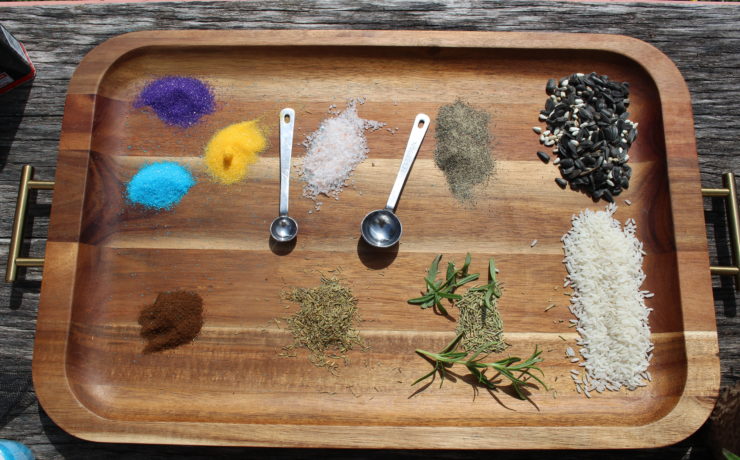
Fairy Dust
Fairy dust comes in handy! It’s great for making wishes or sending good luck in someone’s way. You can sprinkle it in or near your fairy house as a gift to the fairies or on a walk to send good wishes into the world. If

Fairy dust comes in handy! It’s great for making wishes or sending good luck in someone’s way. You can sprinkle it in or near your fairy house as a gift to the fairies or on a walk to send good wishes into the world. If
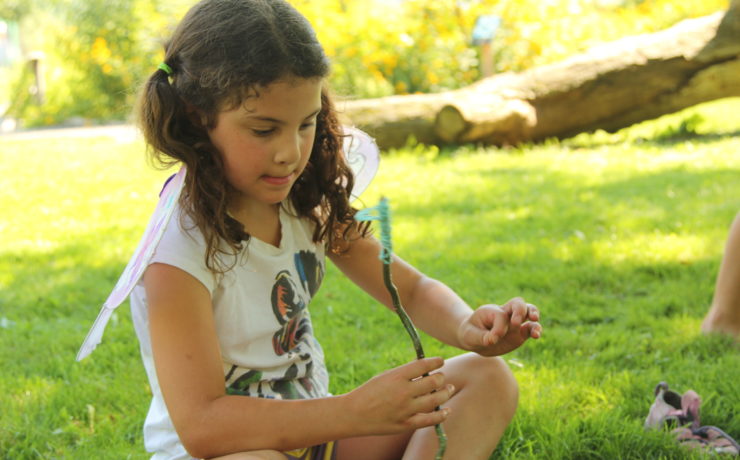
A week of fairy activities isn’t complete without building a fairy wand! Materials: Stick, about 12 inches long Decorating materials: ribbon, twine or wire; beads, bells, gems, or crystals; sparkles: glitter, glitter glue, sequins Adventurous additions: hot glue, air-dry clay, paint The Steps: Go outside
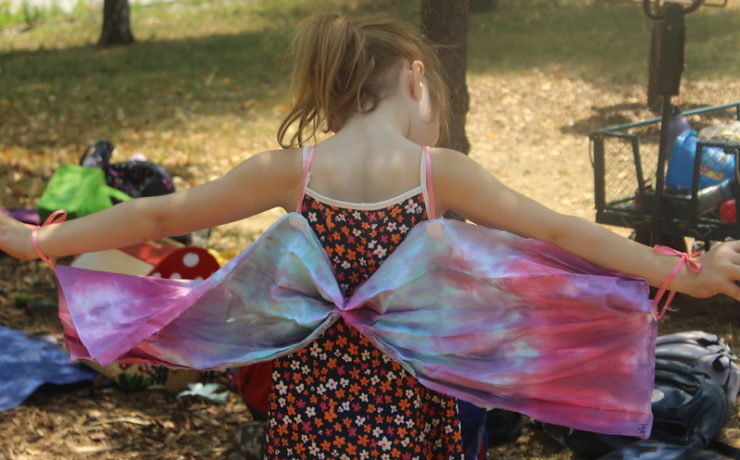
Building fairy wings is the perfect creative activity to help your little one feel magical! What you need: Cardboard or poster board (any large piece of stiff paper) Scissors Hole punch (you can use scissors if you don’t have a hole punch) Yarn, string, or
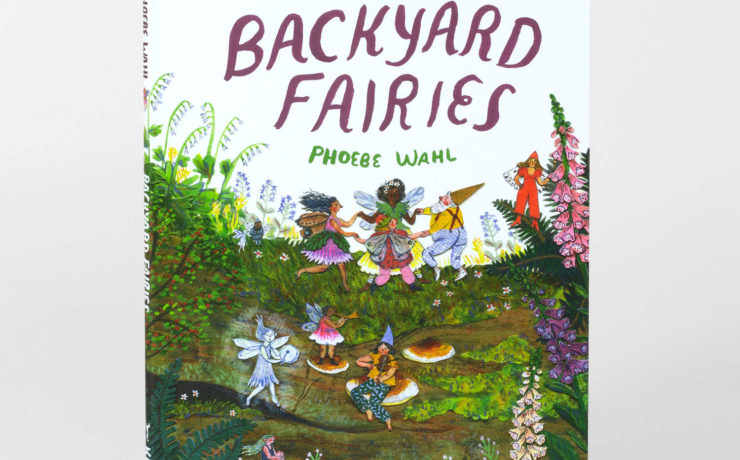
Fairy Houses by Tracy Kane Backyard Fairies by Phoebe Wahl
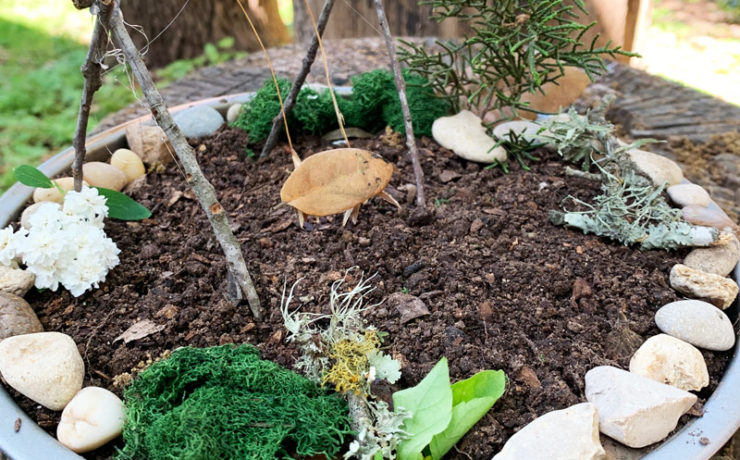
We’re always inspired by the other educators and nature play advocates who share their tips and activities. Here we’ve compiled some fairy-themed and natural materials activities from others we love! A Fairy House feeling a bit small? Build a Fairy Park! Time: 1 hourLocation: Outside
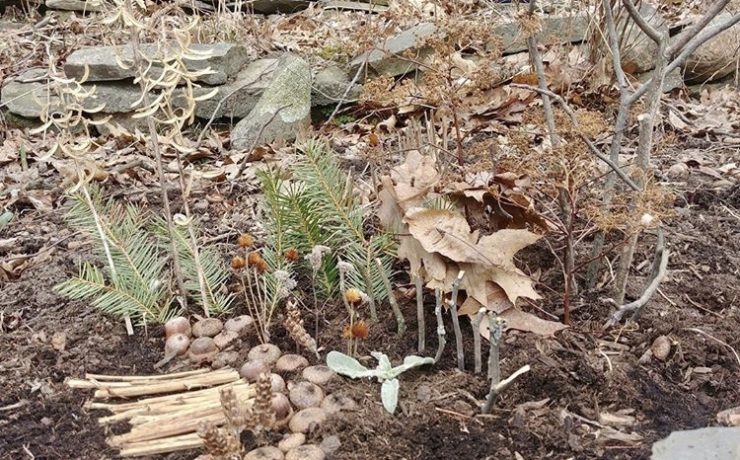
Spring is a magical time when fairies visit the human world often. We can invite them into our yards, gardens, and neighborhoods by creating homes and gifts for them. Although they are shy and often hide from humans if you look closely you may see
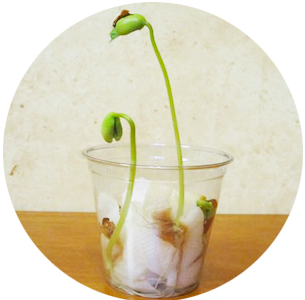
Simple Straw Aeration Hydroponic System Grow lettuce and teach your little scientist about hydroponics basics by creating an at-home mini hydroponic system! Materials: Rockwool or cotton balls Lettuce seeds Plastic container with lid Hydroponic nutrient solution Drinking straw Approximate Time to Complete: 15 minutes for
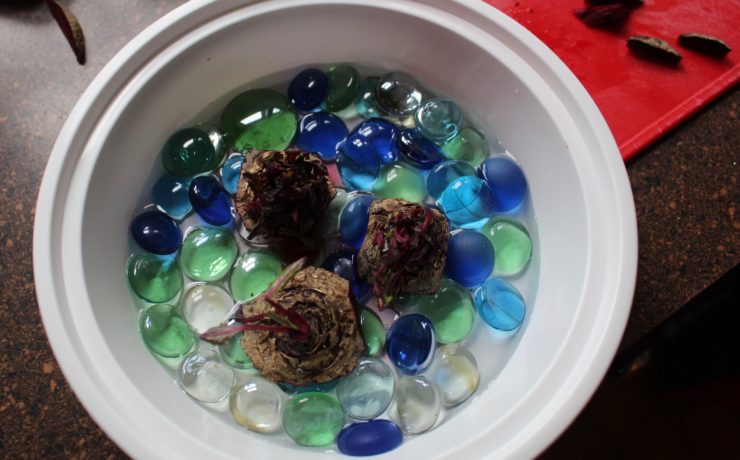
Did you know you can regrow some vegetables (and fruit) from the parts you don’t eat? You can grow new roots on the bottom of your veggies to regrow them into more food! What you need: Shallow wide-mouth containers such as bowls or recycled containers
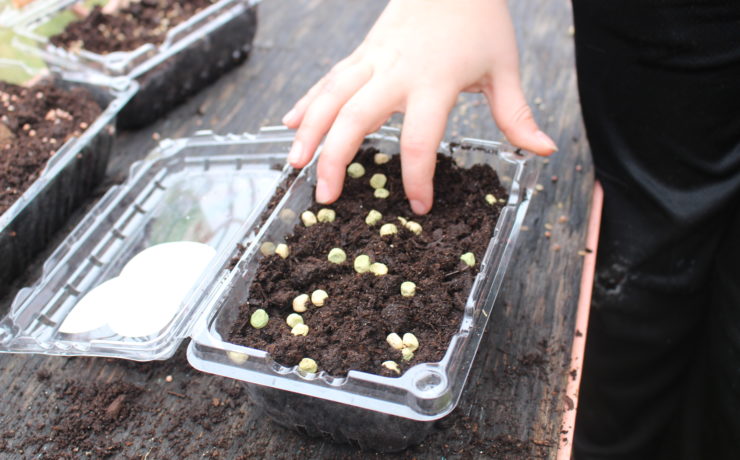
What are microgreens? Microgreens are baby plants, unlike sprouts that don’t have any leaves yet and baby greens that have a few, microgreens are about 1-3 inches tall and consist of the plant’s cotyledon leaves and first pair of true leaves. The first leaves that